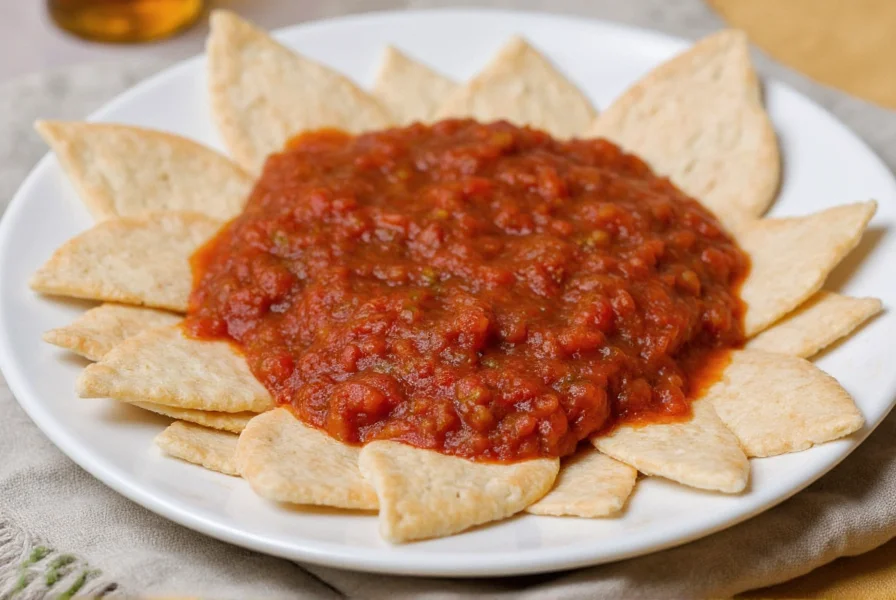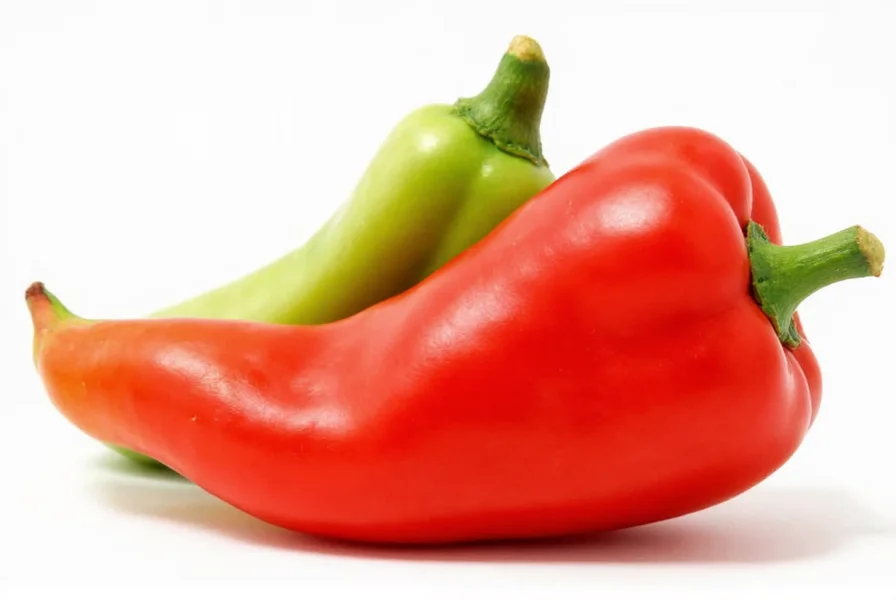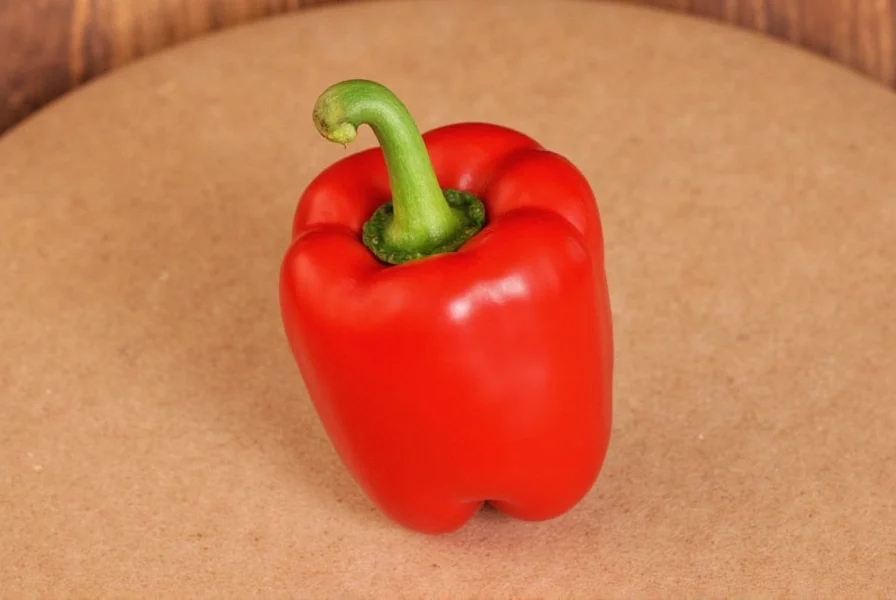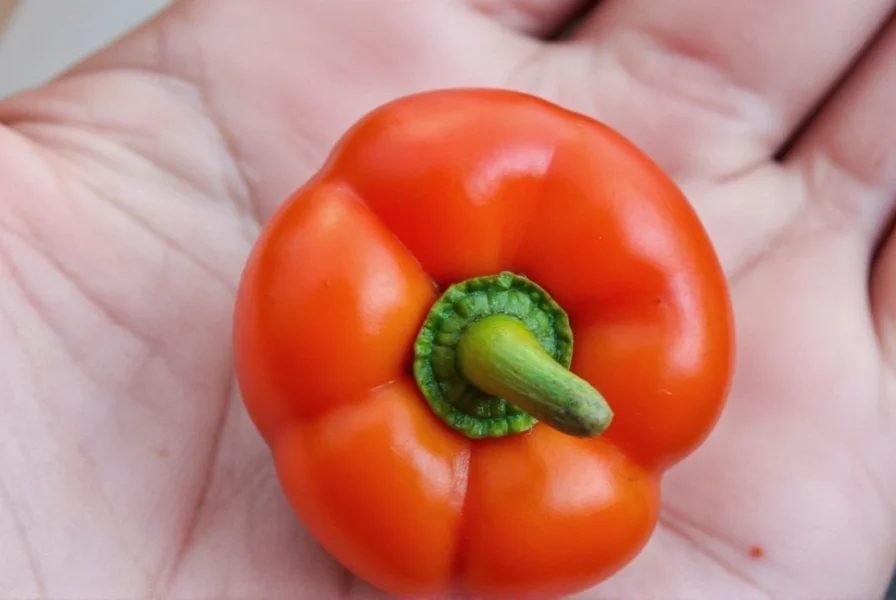Scotch Bonnet Pepper Scoville Rating: 100,000-350,000 SHU Explained
The Scotch Bonnet pepper has a Scoville Heat Unit (SHU) rating of 100,000 to 350,000, placing it among the world's hottest peppers. This guide provides immediate answers to your questions about its heat level, comparison to other chilies, safe handling techniques, cooking applications, and common misconceptions.
Understanding the Scoville Scale and Heat Ratings
Before we dive into specifics, the Scoville scale measures chili pepper heat by quantifying capsaicin concentration, the compound causing the burning sensation. Modern methods use high-performance liquid chromatography to convert capsaicin levels into Scoville Heat Units (SHU), replacing older human-taste dilution tests.

Scotch Bonnet Pepper Scoville Rating: Key Details
Scotch Bonnet peppers consistently range from 100,000 to 350,000 SHU. This variation depends on:
- Growing conditions: Soil quality, climate, and sunlight exposure affect heat intensity
- Ripeness: Fully ripe red peppers are typically hotter than green ones
- Seed inclusion: Capsaicin concentrates in seeds and inner membranes
For perspective: jalapeños (2,500-8,000 SHU) are approximately 12-140 times milder than Scotch Bonnets.
How Does the Scotch Bonnet Compare to Other Popular Chilies?
Here's a clear comparison of Scoville ratings across common peppers:
| Pepper | Scoville Heat Units (SHU) | Typical Use |
|---|---|---|
| Jalapeño | 2,500 – 8,000 | Salsas, nachos, poppers |
| Hatch Green Chile | 1,000 – 15,000 | Southwestern dishes, stews |
| Serrano | 10,000 – 23,000 | Salsas, sauces |
| Tabasco | 30,000 – 50,000 | Hot sauce, marinades |
| Habanero | 100,000 – 350,000 | Spicy sauces, Caribbean cuisine |
| Scotch Bonnet | 100,000 – 350,000 | Caribbean cuisine, hot sauces |
| Bhut Jolokia (Ghost Pepper) | ~1,000,000 | Extreme spice challenges |

Top 5 Practical Tips for Handling Scotch Bonnet Peppers Safely
These essential safety practices prevent accidental burns:
- Wear gloves: Capsaicin is oil-based; latex gloves prevent skin irritation and eye contact
- Avoid touching your face: Treat all surfaces as contaminated until thoroughly washed
- Use a sharp knife: Dull knives crush peppers, releasing more capsaicin oils
- Soak seeds in milk or vinegar: Reduces heat intensity before chopping
- Cool down after burn: Milk, yogurt, or chocolate neutralize heat better than water
Buying Guide: Choosing the Perfect Scotch Bonnet Pepper
Select quality peppers using these criteria:
- Vibrant color: Bright orange, red, or yellow indicates ripeness; avoid pale or shriveled specimens
- Firmness: Should feel slightly bouncy; soft spots indicate age or damage
- Size isn't key: Smaller peppers can be hotter than larger ones; prioritize color and texture
- Organic options: Look for certifications if reducing pesticide exposure is important
- Availability: Common in Caribbean markets; dried versions or pastes work as substitutes

Cooking Ideas & Best Uses for Scotch Bonnet Peppers
Utilize their unique spicy-sweet profile in these applications:
- Jerk seasoning: Essential for Jamaican jerk, combining with allspice, thyme, and citrus
- Hot sauces: Blend roasted peppers with vinegar and lime for homemade sauce
- Stews & soups: Add early in cooking for deep heat infusion
- Fruit salsas: Pair with mango, pineapple, or papaya for tropical sweet-heat balance
- Pickling: Preserve whole or sliced peppers in vinegar for long-lasting condiment
Common Myths vs. Truths About Spice Levels and Safety
Separate fact from fiction:
- Myth: Spicy food causes ulcers.
Truth: Capsaicin may protect against ulcers by stimulating blood flow and inhibiting bacterial growth - Myth: Capsaicin tolerance builds immunity.
Truth: You temporarily desensitize pain receptors, but sensitivity returns after stopping regular consumption - Myth: Eating raw Scotch bonnets is the only way to experience real heat.
Truth: Cooking doesn't reduce capsaicin content; heat remains potent whether raw or cooked - Myth: All hot peppers taste the same.
Truth: Scotch Bonnets offer distinct fruity, smoky flavor compared to habaneros or ghost peppers

Frequently Asked Questions About Scotch Bonnet Pepper Heat Levels
What is the exact Scoville rating of Scotch Bonnet peppers?
Scotch Bonnet peppers typically range from 100,000 to 350,000 Scoville Heat Units (SHU). This variation stems from growing conditions, ripeness, and individual pepper differences. While sharing a similar heat range with habaneros, Scotch Bonnets often feature a more complex, fruity flavor profile despite comparable heat levels.
Are Scotch Bonnet peppers hotter than habaneros?
Scotch Bonnets and habaneros fall within the same Scoville range (100,000-350,000 SHU), but they're distinct peppers. Scotch Bonnets typically have a fruitier, less citrusy flavor than habaneros. Individual peppers may vary, so one specific Scotch Bonnet could be hotter or milder than a particular habanero.
How many times hotter are Scotch Bonnets than jalapeños?
Scotch Bonnet peppers are significantly hotter than jalapeños. With jalapeños ranging from 2,500-8,000 SHU and Scotch Bonnets at 100,000-350,000 SHU, they're approximately 12-140 times hotter. On average, Scotch Bonnets are 20-40 times hotter, explaining why careful handling is essential compared to jalapeños.
Does cooking Scotch Bonnet peppers reduce their heat level?
Cooking doesn't significantly reduce Scotch Bonnet heat. Capsaicin remains stable at typical cooking temperatures and only breaks down above 400°F (204°C). Flavor perception may change as ingredients meld, but capsaicin content stays largely unchanged. To reduce heat, remove seeds and membranes before cooking, or use milk-based ingredients to counteract burning.
Why do some Scotch Bonnet peppers seem hotter than others?
Heat variation stems from ripeness (red peppers are hotter than green), growing conditions (soil nutrients, water stress, sunlight), specific variety, and which part you consume (seeds and membranes contain highest capsaicin concentration). This natural variation means always tasting a small amount first when using them in cooking.
Can I reduce the heat of a Scotch Bonnet pepper while keeping the flavor?
Yes: 1) Remove all seeds and inner white membranes where capsaicin concentrates; 2) Soak chopped pepper in vinegar or milk for 10-15 minutes; 3) Roast peppers first to mellow heat while enhancing flavor; 4) Add acid (lime juice) or sweetness (honey) to balance heat in finished dishes. For maximum flavor with minimal heat, create infused oil or vinegar instead of direct addition.
Conclusion: Respect the Heat, Master the Flavor
With a Scoville rating of 100,000-350,000 SHU, the Scotch Bonnet pepper delivers intense heat alongside remarkable fruity complexity. Proper handling and understanding of its characteristics unlock authentic Caribbean flavors without unnecessary risk.
When used correctly, this pepper elevates dishes beyond mere spiciness into memorable culinary experiences. Grab a few peppers, arm yourself with gloves, and start your flavor adventure today!










 浙公网安备
33010002000092号
浙公网安备
33010002000092号 浙B2-20120091-4
浙B2-20120091-4